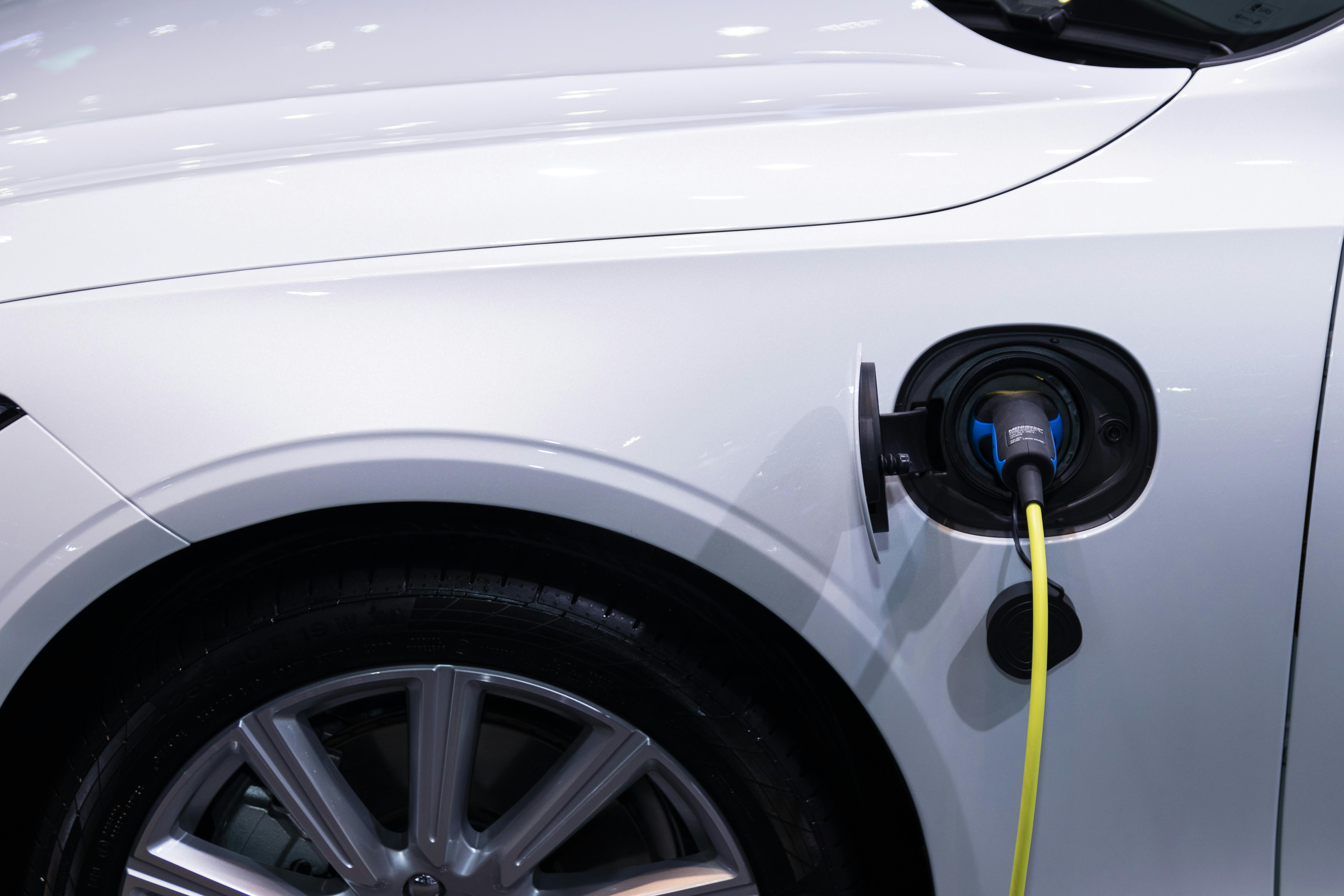
The automotive industry is constantly evolving. To keep up with the changing demands of the industry, the annual Cox Automotive Car Buyer Journey (CBJ) allows dealers and OEMs to stay informed about the state of car buyer satisfaction with the overall vehicle shopping and buying experience.
The 14th annual Car Buyer Journey study was released earlier this year, based on nearly 3,000 respondents who purchased or leased vehicles in the previous year. It sheds light on two significant points: 1.) The industry is NORMALIZING, and 2.) Dealers and third-party aggregators are RESILIENT.
While we all might define ‘normal’ differently, particularly because of inflation, record profits, inventory fluctuations, and rapid digitization, we may finally be transitioning from those not so ideal times into a more stable place. The CBJ findings mark a turning point.
Let’s explore the top 5 takeaways from the study and how they can contribute to enhancing your digital marketing strategy.
#1: Vehicle Ownership is Not Going Anywhere
91% of consumers told us they intend to use their own vehicle as their primary mode of transportation in the future, up significantly from 2018 (77%). With ride sharing and vehicle subscription trending in the last 5-8 years, there were predictions that consumers were moving away from personal ownership. However, we’re seeing the opposite.
With personal transportation needs rising due to personal safety concerns since the pandemic, we see personal vehicle ownership is here to stay.
Fewer consumers agree that ownership is NOT necessary (down from 43% in 2018 to 35%). And, nearly all consumers tell us they intend to leverage their own vehicle as their primary mode of transportation in the future (91% vs. just 9% who plan to use an alternative).
WHAT TO DO: It’s more important than ever to enhance the customer experience – with personal vehicle usage up and the desire to own more than one car. In fact, there was a 36% increase in the number of buyers motivated to own more than one car in their household from 2022 to 2023. Ask yourself:
- What re-targeting campaigns are in place to retain your existing customers?
- What advertising strategy do you have in place to attract new customers?
Leverage your CRM and activate your first-party data. Reach out to consumers in their preferred method and follow up with past customers to ensure they know how much you appreciate their business.
#2: Satisfaction with the Shopping Journey Increased
Overall satisfaction with the shopping experience is higher for both new and used car buyers: 73% for new (70% in 2022), and 68% for used (58% in 2022). The increase was influenced by three factors:
- Better vehicle selection. Fewer consumers felt that there was limited inventory to choose from—39% in 2023 compared to 56% in 2022.
- Better prices. 49% of consumers said prices were higher than expected in 2023 compared to 54% in 2022. However, these numbers are still significantly higher than they were in 2021. This indicates that affordability is still a pain point and even more so among the price-sensitive used buyers.
- More dealer outreach with good deals. There’s been a significant increase in the number of consumers who mentioned that a dealer contacted them with some appealing incentives or some type of deal – 17% compared to 14% in 2022 and 12% in 2021.
WHAT TO DO: It’s no secret that as inventory rebounded, so did shopper satisfaction with the overall purchase journey – now, with incentives rolling back in, ensure you are getting the right message in front of the right customer at the right time and in the right way.
This starts with taking an in-depth look at your digital marketing strategy and focusing on your:
- Website: Ensure your website showcases relevant information your shoppers want to see. You have a short window to grab their attention, so your website should be personalized, easy-to-navigate, and data-driven.
- Advertising: Ensure you are utilizing the correct channels to target your in-market shoppers and serve them the information they want to see. Dealer.com’s Machine Learning and Real-time Bidding platform can analyze prior ad performance, vehicle detail page engagement, and browsing trends in real-time to ensure your ads are served to the most relevant buyers in your market.
#3: Improved Online Efficiency
Shoppers spent 1 hour and 8 minutes less when shopping in 2023 (13:31) than 2022 (14:39) as the experience became more efficient. This time spent means you have a shorter window to influence shoppers during their journey, so you must be more strategic and targeted. Delivering personalized content during the entire purchase process to keep shoppers engaged is crucial.
Third-party sites have been resilient throughout the pandemic and chip shortage – consumers find them to be trustworthy, reliable, and unbiased. We found in our data that buyers are 57% more likely to visit third-party sites exclusively without having to visit the OEM sites especially among used buyers.
WHAT TO DO: Take the data and insights you receive from third-party sites such as Autotrader and Kelley Blue Book™ and ACTIVATE them. These insights can be used to personalize messaging to stand out as the one to do business with because you know the shoppers wants and needs and can provide them with the experience they’re seeking.
#4: The Retailing Experience was Top Notch
Overall satisfaction with the shopping journey surged in 2023 from 61% to 69%. With inventory levels returning to pre-pandemic levels, your buyers are back heavily shopping your vehicle inventory. Contributing factors include heightened vehicle availability, the return of incentives, and a continued shift toward a more digital process.
Encouraging shoppers to submit an enhanced lead yields higher satisfaction than a basic lead. In fact, satisfaction with the dealership was 10% higher AND 21% more rated their experience as better than their last purchase in 2023. The more you know about your shoppers, the more you can provide a personalized experience, and in turn, shoppers will be more satisfied with their interactions.
WHAT TO DO: Elevate customer satisfaction to new levels by promoting enhanced lead submissions from your shoppers. The more shopper information you have means you can foster a more personalized experience that ultimately results in higher satisfaction throughout the buying journey.
#5: Digital Retailing Continues to be Highly Beneficial
Buyers are moving toward an omnichannel experience—a mix of both in-person and online steps. The key is to have different ways to buy based on the shopper’s preference, then ensure that the deal carries forward no matter online or in-person. Seamlessness is the name of the game, and the modern dealers that make this the focus of their strategy are seeing some pretty big payoffs in both consumer satisfaction and driving profits.
WHAT TO DO: There’s ongoing opportunity for improvement in dealmaking processes, particularly with the ongoing shift towards digital retailing. 81% of shoppers surveyed said digital retailing improved the overall buying experience. Consider mapping out the necessary steps for your dealership to embrace a more digital future, while addressing current gaps such as financing. This includes integrating digital retailing solutions seamlessly onto your website and providing comprehensive content to educate customers on utilizing the available tools effectively.
Adapting to consumer behavior, regardless of economic challenges or industry shifts, is key to staying ahead. By aligning your dealership and digital marketing approach with the desires, needs, and preferences of today’s shoppers, you can provide a customer experience that not only attracts their attention but also leads to successful sales.
Utilize these insights to elevate your digital marketing efforts and access our latest infographic for a bite-sized overview of the top five takeaways.


